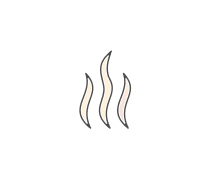Phy 113 - Heat & Properties Of Matter
2.
You may optionally provide this to label your report, leaderboard, or certificate.
×
Thank you for your feedback!
















